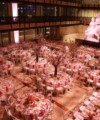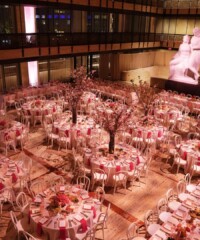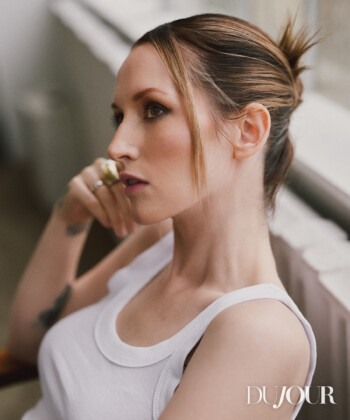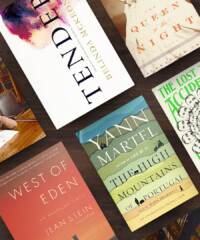As Rebecca Mead’s recent bibliomemoir My Life in Middlemarch gained favor with the New York literati, one outcome is evident: The city’s intellectual denizens are embracing classic literature not only to transport them to a different time, but to help explain their own lives.
For those in media or the literary world, immersion in the classics offers an antidote to the whirlwind of novelty and publicity that characterizes their work life. Says Lucas Wittmann, the Daily Beast’s books editor: “Plenty of pals are always traipsing around with a Russian or Dickens or Eliot or Zola. I think everyone gets so tired of the relentless conveyor belt of new books and just wants to read something they don’t need to review, publicize or edit. I do it in February and early March because it’s cold and dark and there are fewer parties so what better time to go long and big. My job is to keep up with everything that’s new and it’s refreshing to pick up something that has no marketing plan or press release attached.” But this isn’t just escapism. As Wittmann points out, “Trollope is great on money, ladder climbing, status anxiety, avarice and a thousand other observations about NYC life.”
Perhaps this explains why the author most associated with these topics, Charles Dickens, seems to be enjoying a revival too. A Tale of Two Cities was a rallying point in Bill de Blasio’s mayoral campaigngo, and in his speech at De Blasio’s inauguration, Harry Belafonte called New York a “deeply Dickensian city.” Moreover, that the literary blockbuster of the moment, Donna Tartt’s The Goldfinch, is set in post 9/11 New York City and has been described as Dickensian in virtually every review may explain why I’m suddenly hearing from friends and acquaintances who’ve picked up Dickens for the first time in years or receiving requests to lead discussions of Tartt and Dickens in private sessions and for book clubs. I recently led a book group discussion of The Goldfinch with a group of sophisticated New York City women who were fascinated when I showed them the book’s wealth of allusions to classic authors—Keats, Mary Shelley, Blake, Shakespeare, Du Maurier, and Browning as well as Dickens—and pointed out the ingenious ways Tartt uses the classics to comment on present-day life in the city.
Writer Roxana Robinson teaches classes on classic literature to her MFA students at Hunter College, and has found that “NYC is the ideal place to raise . . . literary questions. It’s a highly sophisticated city, and its voices are smart and witty, rife with irony and sarcasm and, often, spite,” Robinson told me. “But it’s also a highly literary city, with a long tradition. So the NYC readers can see both sides of” pressing debates, about whether or not literary characters need to be likeable or sympathetic, about which characters in Anna Karenina we most identify with.
As a former English professor at Yale and Vassar, the author of a memoir that interweaves the great romantic William Wordsworth’s poetry with my own parenting story, a speaker, teacher and book-group leader, I’ve witnessed first-hand New Yorkers’ deep hunger for classic literature as both a refuge from and a commentary on life in this frenetic, competitive, acquisitive city. In speaking about my book to parents and teachers and teaching Wordsworth’s “Tintern Abbey” to students at the city’s top schools, I’ve seen Wordsworth’s appeal to anxious parents and over-scheduled children both for the bucolic paradise he evokes and for the corrective he provides to our culture’s emphasis on high-stakes testing, wealth and dazzling achievement.
Acclaimed author and New Yorker Brenda Wineapple just wrapped up a class on Emily Dickinson at the 92nd Street Y. Wineapple found great pleasure and satisfaction in teaching Dickinson to New Yorkers: “They all felt that Dickinson relates to contemporary life enormously because of the ways she anatomizes the urges, needs and internal dramas we all experience and which so often remain wordless. She gives them expression. And she ‘universalizes’ these pretty human responses—without sugar-coating or sentimentalizing them. Perhaps New Yorkers, in particular, are looking for that.”
Priscilla Gilman is the author of The Anti-romantic Child.









































